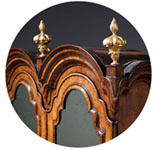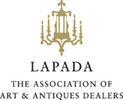A 17th-Century William and Mary eight-day table clock by Isaac Lowndes, 1695
£26,900
Follow Us
A 17th-Century William and Mary eight-day table clock by Isaac Lowndes, 1695
A fine William and Mary eight-day spring-driven table clock signed on the backplate, Isaac Lowndes Pallmall Court, c.1695.
The elegantly proportioned ebony-veneered oak domed top case has large rectangular viewing windows to the sides so that the movement is almost entirely visible. The front door is embellished by large pierced repoussé strips, the left one being an elaborate escutcheon. The dome is also adorned by a pierced ornament, which, together with the pierced ebony strip at the top rail of the front door functions as a sound fret. The case rests on four brass bun feet.
The fine square brass dial has a matted centre and delicately ringed winding holes. There is a date aperture below and a strike/silent lever above the XII, unusually flanked by the name of the maker: Isaac Lowndes. This is matched by the engraving at the bottom of the dial: London. The dial has an applied silvered chapter ring and winged cherub-head spandrels in the corners. The chapter ring is engraved with a narrow outer minute ring within which are Arabic five-minute numerals, a central ring with Roman hours I-XII and ornate half-hour markers and an inner ring divided into quarter hours. The time is indicated by an elegant pair of pierced period blued steel hands.
The striking eight-day twin fusee five pillar brass movement has a verge escapement with a short knife-suspended pendulum. The striking, which is regulated by an internal rack, indicates the hours fully on a bell. The backplate is profusely engraved in period style around a typical signature cartouche with the maker’s name: Isaac Lowndes Pallmall Court. The movement has pull-quarter repeat on three bells differing in pitch for the quarters and an additional bell for the hours.
The maker
Isaac Lowndes was born in Knutsford, Cheshire, in 1660. He was made free of the Clockmakers’ Company in 1682. He married Ann Wally in 1687. He took several apprentices and in 1694 lived on the south side of Pall Mall in St James’s Parish, separately from the other members of the Lowndes family, Jonathan and Charles. He was last mentioned in 1702.
Condition
Good. Wear consistent with age and use.
Dimensions
Height: 13.39 in (34 cm)
Width: 10.44 in (26.5 cm)
Depth: 6.89 in (17.5 cm)
Literature
B. Loomes, The Clockmakers of Great Britain 1286-1700, Ashbourne, 2014, p.327.
B. Loomes, Watchmakers and clockmakers of the World, London, 2006, p.495.
PREVIOUSLY SOLD
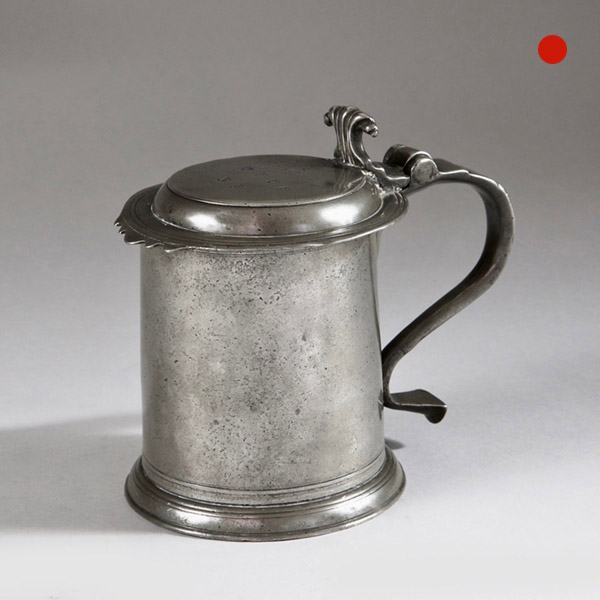
Charles II Pewter Flat Lid Tankard
The Oak Interior – An extremely rare Charles II pewter tankard dated 1666. The tankard bears a crested stamp dated 1666 to the inside of the base. The flat caddy and ringed lid are stamped to the top with four hallmarks of the period and the initials C B. The beautifully crafted handle terminates at a bifurcated rams horn hinged thumb piece and the vessel sits on a multiple ringed and flared base.

17th-Century Olive Oyster Lace Box
Charming and original 12” olive oyster lace box, circa 1680-90. It is most likely that this gorgeous piece was commissioned during the short reign of William and Mary (1689-1702). This was a great time in British furniture design with some of the most notable pieces to date being commissioned.
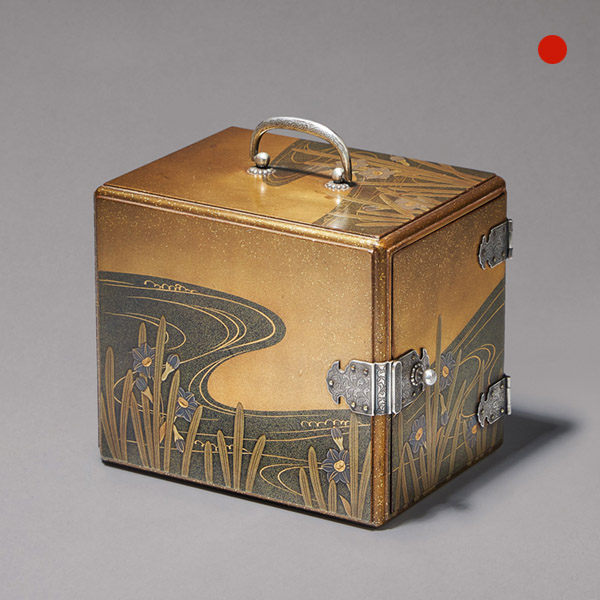
A lacquer kodansu (small cabinet) | Edo period, 19th century
A lacquer Kodansu, Edo period, 19th century Follow UsA lacquer Kodansu Edo period 19th century The rectangular chest with chamfered edges and a hinged door opening to reveal three drawers, all decorated in gold, silver, red and black...
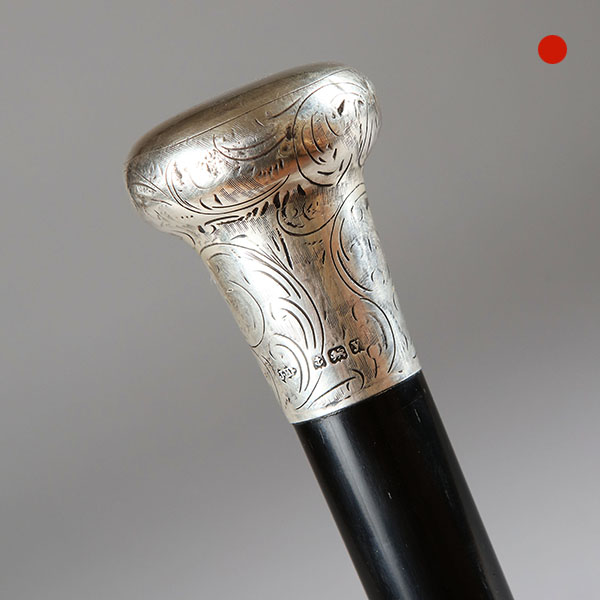
Engraved silver-topped ebony walking cane. Dated 1923 Birmingham
Silver-topped Ebony Walking Cane of outstanding quality and effortless elegance. Tapering ebony cane with a beautifully engraved silver cap.
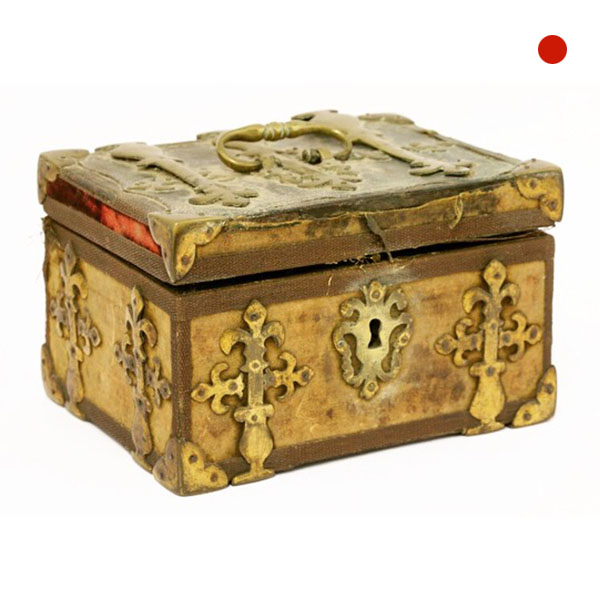
17th-18th Century Silk Covered Strongbox Jewel Casket
17th-Century Silk Covered Strongbox Jewel Casket. Occasionally an object can certainly grab your imagination, this casket of small proportions is no exception.

Charles II Kingwood Oyster Lace Box
An extremely rare Charles II kingwood oyster lace box 1660-1675. The box through its kingwood (also known as princeswood) oysters laid in a parquetry fashion, relate closely to an important and exceptionally rare triad set, in private collection at Dryton House.

Charles II Pewter Flat Lid Tankard
The Oak Interior – An extremely rare Charles II pewter tankard dated 1666. The tankard bears a crested stamp dated 1666 to the inside of the base. The flat caddy and ringed lid are stamped to the top with four hallmarks of the period and the initials C B. The beautifully crafted handle terminates at a bifurcated rams horn hinged thumb piece and the vessel sits on a multiple ringed and flared base.

17th-Century Olive Oyster Lace Box
Charming and original 12” olive oyster lace box, circa 1680-90. It is most likely that this gorgeous piece was commissioned during the short reign of William and Mary (1689-1702). This was a great time in British furniture design with some of the most notable pieces to date being commissioned.

A lacquer kodansu (small cabinet) | Edo period, 19th century
A lacquer Kodansu, Edo period, 19th century Follow UsA lacquer Kodansu Edo period 19th century The rectangular chest with chamfered edges and a hinged door opening to reveal three drawers, all decorated in gold, silver, red and black...

Engraved silver-topped ebony walking cane. Dated 1923 Birmingham
Silver-topped Ebony Walking Cane of outstanding quality and effortless elegance. Tapering ebony cane with a beautifully engraved silver cap.

17th-18th Century Silk Covered Strongbox Jewel Casket
17th-Century Silk Covered Strongbox Jewel Casket. Occasionally an object can certainly grab your imagination, this casket of small proportions is no exception.

Charles II Kingwood Oyster Lace Box
An extremely rare Charles II kingwood oyster lace box 1660-1675. The box through its kingwood (also known as princeswood) oysters laid in a parquetry fashion, relate closely to an important and exceptionally rare triad set, in private collection at Dryton House.
YOU MAY ALSO LIKE
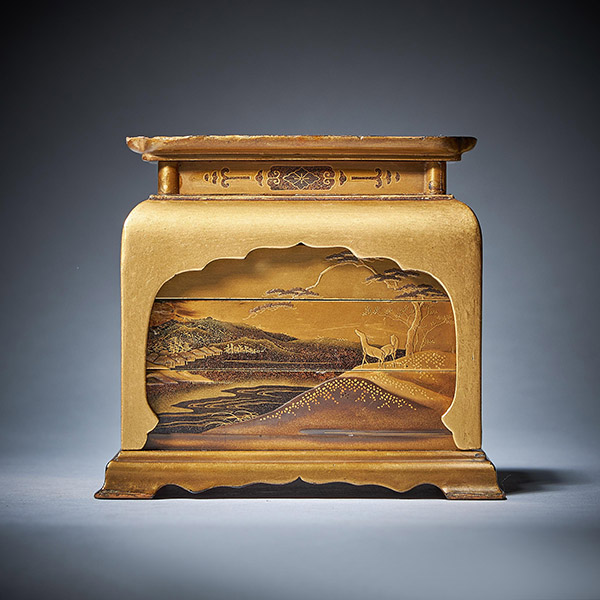
Signed Mid 19th C. Edo/Meiji Period Diminutive Lacquer Stacking Cabinet, Japan
Signed Mid 19th C. Edo/Meiji Period Diminutive Lacquer Stacking Cabinet, Japan £5,800Follow UsSigned Mid 19th C. Edo/Meiji Period Diminutive Lacquer Stacking Cabinet, Japan The highly decorated tray in the form of a table frames a series of...

Late Edo Period 19th Century Japanese Pillar Clock, Shaku-Dokei, C. 1820
Late Edo Period 19th Century Japanese Pillar Clock, Shaku-Dokei, C. 1820 £6,500Follow UsLate Edo Period 19th Century Japanese Pillar Clock, Shaku-Dokei, C. 1820 ELEGANT JAPANESE PILLAR CLOCK, 'SHAKU-DOKEI', c. 1820 The very fine 30-hour,...
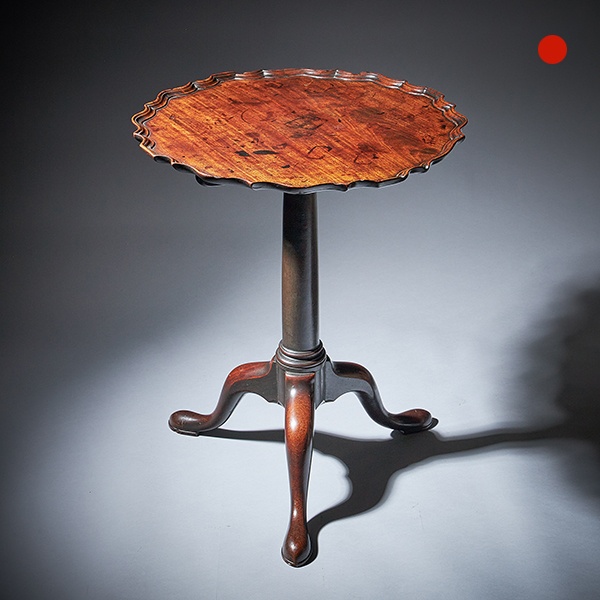
George II Gun Barrel Mahogany Tripod Table, circa 1740-1750
George II Gun Barrel Mahogany Tripod Table, circa 1740-1750 SoldFollow UsGeorge II Gun Barrel Mahogany Tripod Table, circa 1740-1750 George II Gun Barrel Mahogany Tripod table. The well-figured top has a pie crust edge, resting on a gun...
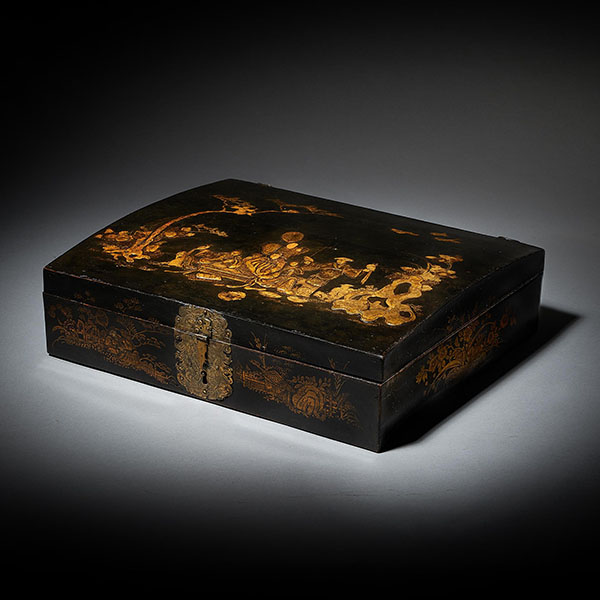
18th Century George I Domed Topped Japanned Chinoiserie Falconry Box
18th Century George I Domed Topped Japanned Chinoiserie Falconry Box, circa 1710 £3,900Follow Us18th Century George I Domed Topped Japanned Chinoiserie Falconry Box, circa 1710 A rare and important Queen Anne - George I japanned chinoiserie...
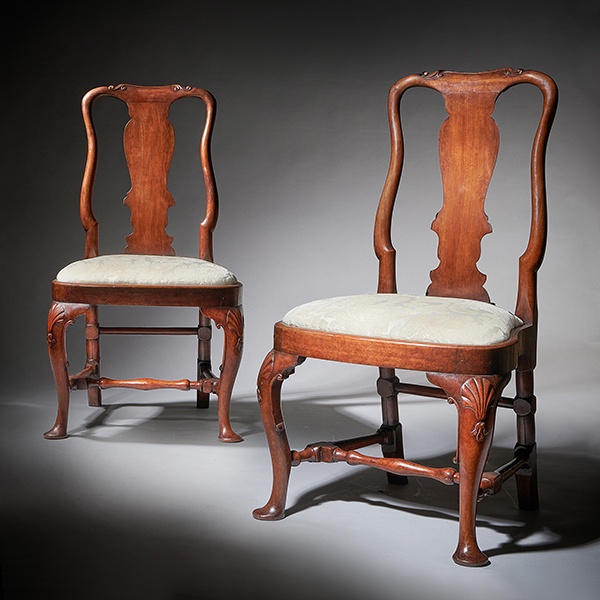
Pair of George I 18th Century Carved Mahogany Chairs, Circa 1720
Pair of George I 18th Century Carved Mahogany Chairs, Circa 1720 £4,400Follow UsPair of George I 18th Century Carved Mahogany Chairs, Circa 1720 A superb pair of early 18th-century carved George I mahogany chairs, circa 1720. Each chair is of...
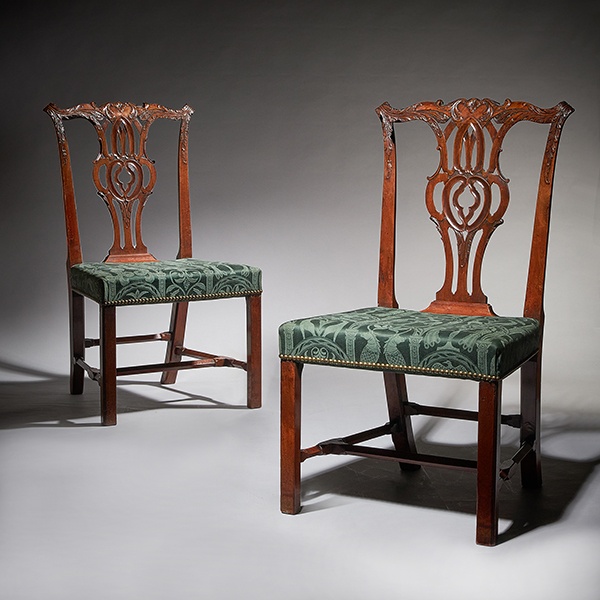
Pair of 18th Century George III Carved Mahogany Chippendale Chairs
Pair of 18th Century George III Carved Mahogany Chippendale Chairs £8,900Follow UsPair of 18th Century George III Carved Mahogany Chippendale Chairs A simply superb pair of carved George III mahogany chairs, C.1770. Condition Good. Wear...

Signed Mid 19th C. Edo/Meiji Period Diminutive Lacquer Stacking Cabinet, Japan
Signed Mid 19th C. Edo/Meiji Period Diminutive Lacquer Stacking Cabinet, Japan £5,800Follow UsSigned Mid 19th C. Edo/Meiji Period Diminutive Lacquer Stacking Cabinet, Japan The highly decorated tray in the form of a table frames a series of...

Late Edo Period 19th Century Japanese Pillar Clock, Shaku-Dokei, C. 1820
Late Edo Period 19th Century Japanese Pillar Clock, Shaku-Dokei, C. 1820 £6,500Follow UsLate Edo Period 19th Century Japanese Pillar Clock, Shaku-Dokei, C. 1820 ELEGANT JAPANESE PILLAR CLOCK, 'SHAKU-DOKEI', c. 1820 The very fine 30-hour,...

George II Gun Barrel Mahogany Tripod Table, circa 1740-1750
George II Gun Barrel Mahogany Tripod Table, circa 1740-1750 SoldFollow UsGeorge II Gun Barrel Mahogany Tripod Table, circa 1740-1750 George II Gun Barrel Mahogany Tripod table. The well-figured top has a pie crust edge, resting on a gun...

18th Century George I Domed Topped Japanned Chinoiserie Falconry Box
18th Century George I Domed Topped Japanned Chinoiserie Falconry Box, circa 1710 £3,900Follow Us18th Century George I Domed Topped Japanned Chinoiserie Falconry Box, circa 1710 A rare and important Queen Anne - George I japanned chinoiserie...

Pair of George I 18th Century Carved Mahogany Chairs, Circa 1720
Pair of George I 18th Century Carved Mahogany Chairs, Circa 1720 £4,400Follow UsPair of George I 18th Century Carved Mahogany Chairs, Circa 1720 A superb pair of early 18th-century carved George I mahogany chairs, circa 1720. Each chair is of...

Pair of 18th Century George III Carved Mahogany Chippendale Chairs
Pair of 18th Century George III Carved Mahogany Chippendale Chairs £8,900Follow UsPair of 18th Century George III Carved Mahogany Chippendale Chairs A simply superb pair of carved George III mahogany chairs, C.1770. Condition Good. Wear...
